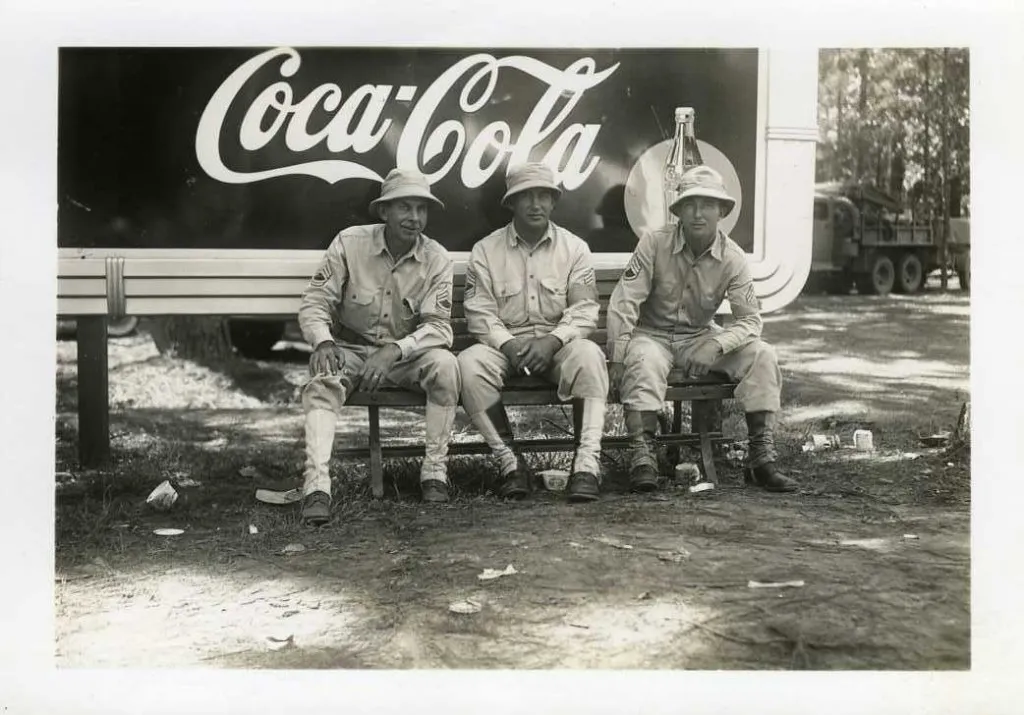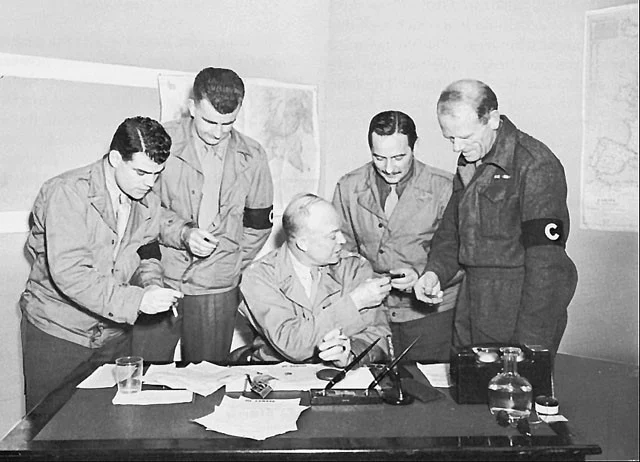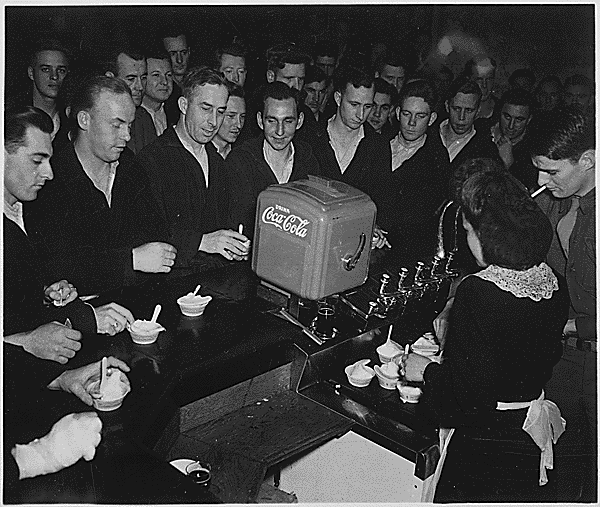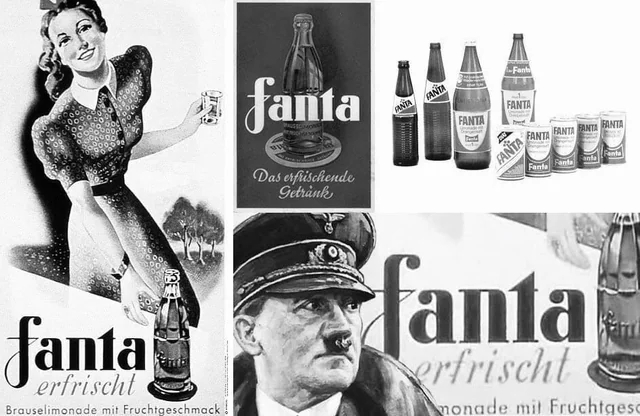During the Second World War, millions of American troops were deployed across Europe, North Africa, and the Pacific. In the midst of rationing, chaos, and battle, one familiar comfort from home followed them to the front lines: Coca-Cola. At the request of General Dwight D. Eisenhower himself, Coca-Cola became more than a beverage. It became a symbol of morale, unity, and American identity.
Coca-Cola’s wartime involvement wasn’t just a patriotic gesture. It was a business masterstroke that reshaped global markets. From battlefield bottling plants to the accidental birth of Fanta, the company turned war logistics into a global expansion plan and it all started with a five-cent bottle.

Eisenhower’s Request and Coca-Cola’s Response
In 1943, General Eisenhower sent an official telegram to Coca-Cola’s headquarters. He wanted Coca-Cola available to U.S. soldiers stationed abroad. More specifically, he asked for equipment, staff, and enough syrup to provide every American serviceman with a bottle of Coke no matter where they were stationed.

Coca-Cola agreed. And not just in words. The company built 64 bottling plants near military zones, manned by over 150 specially-trained employees known as “technical observers.” These were not ordinary workers—they were uniformed, embedded civilians tasked with setting up and running bottling lines in war zones, all to ensure that soldiers got their Coke.
Over the course of the war, Coca-Cola delivered more than 5 billion bottles to the troops. And despite inflation, scarcity, and logistical nightmares, each bottle still cost just 5 cents the same price Americans paid at home.
Video:
The surprising role of Coca-Cola in the Second World War
More Than Just a Drink
To American soldiers, Coke became a psychological anchor a reminder of home, freedom, and normalcy. Drinking a cold bottle of Coke in a dusty military base or behind enemy lines connected troops to their families and their prewar lives. It wasn’t just refreshment; it was resilience in a bottle.
But there was another, subtler benefit. As Coke plants spread across Europe and Asia, local civilians were introduced to the drink for the first time. For many, the presence of Coca-Cola became associated with American liberation and modernity. And when the war ended, that association stuck.

Fanta: Born from Necessity, Raised into a Brand
While the American military was supplying Coke to soldiers around the world, another wartime challenge was brewing in Nazi Germany. Because of wartime trade restrictions, Coca-Cola’s German division could no longer import the syrup needed to make its flagship drink. Rather than shut down operations, the German team improvised.
They created a new beverage using ingredients available within the country primarily whey and apple pomace. The result was Fanta, a fruity soda designed to keep the business alive during wartime.
Though it began as a stopgap, Fanta exploded in popularity. After the war, Coca-Cola reabsorbed its German operations and eventually introduced Fanta to international markets. Today, Fanta is one of the most recognized soft drink brands in the world, sold in over 190 countries.

Post-War Expansion and Market Domination
Coca-Cola’s wartime efforts gave it more than a temporary boost it laid the groundwork for its post-war global dominance. The bottling infrastructure that was built to serve troops didn’t disappear when the war ended. Instead, it became the backbone of Coca-Cola’s international distribution network.
Video:
History of Coca-Cola | Secrets of Coca-Cola | Channel 5 #History
New plants were quickly repurposed to serve local civilian markets. Soldiers who had grown used to drinking Coca-Cola overseas came home with brand loyalty. And in cities liberated by Allied forces, Coca-Cola had already established a friendly and familiar presence.
By the 1950s, Coca-Cola was not just America’s drink it was a global icon.
Conclusion: A War-Time Gamble That Changed the Beverage Industry
What began as a patriotic promise turned into one of the most successful business strategies of the 20th century. Coca-Cola’s role in World War II was about more than delivering a product. It was about building a brand that stood for something bigger: home, hope, and unity in uncertain times.
Through clever logistics, smart branding, and timely improvisation, Coca-Cola not only quenched the thirst of millions of troops it captured the hearts of consumers around the world.


